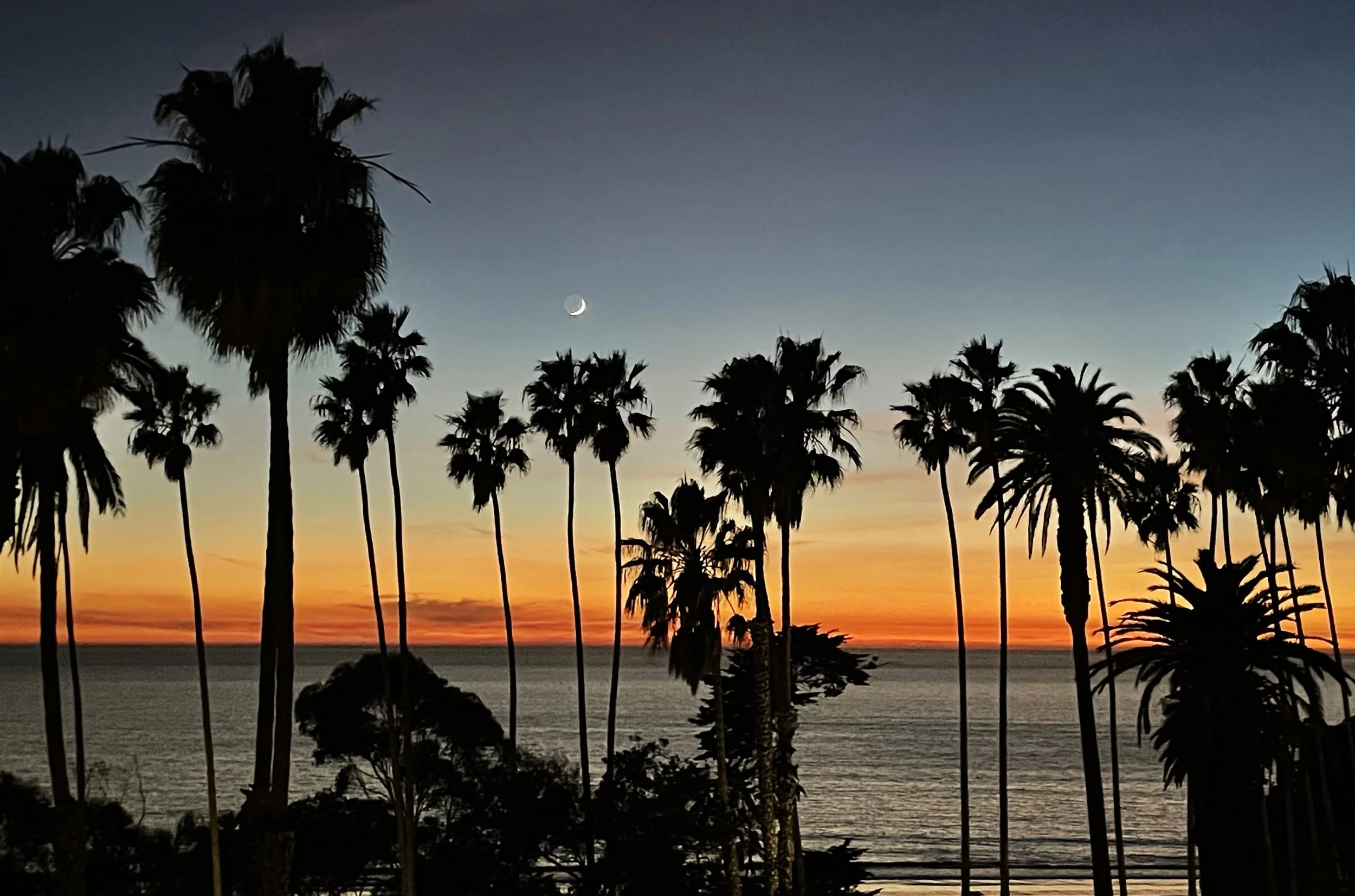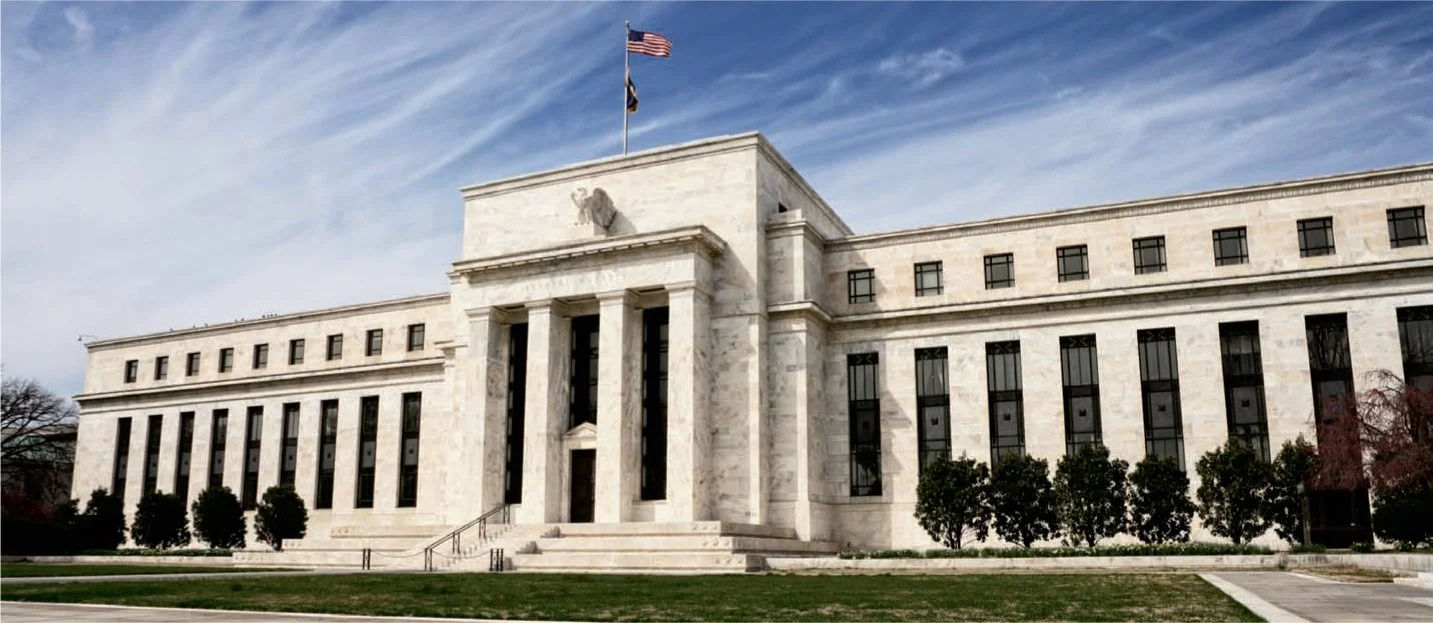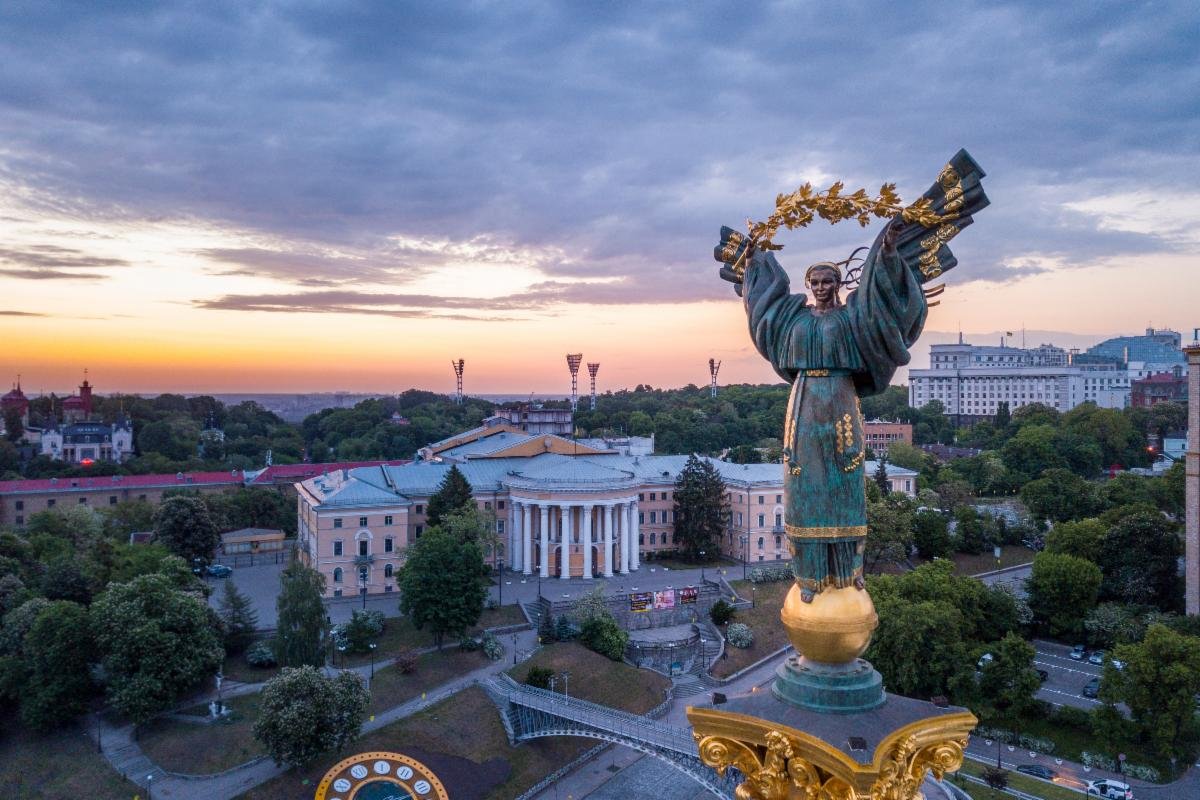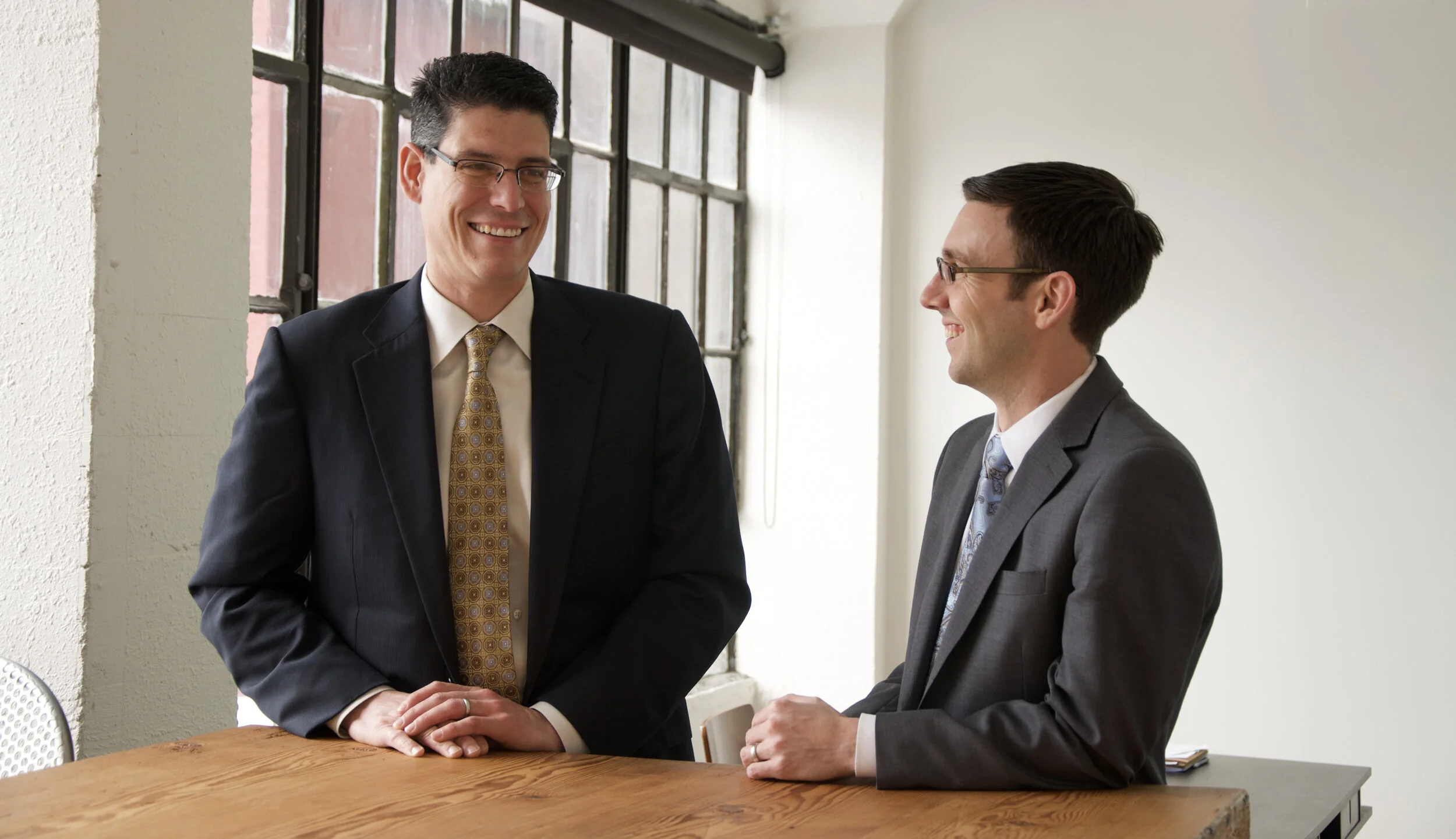Long in the making, the my family explored Paris, the French countryside and the Normandy region in June and July. As I was reflecting on our trip during the flight home, I took note of what made our trip such a success: the inherent uncertainty of travel, excitement for the unknown, thorough preparations, a curiosity and thirst for growth, flexibility to adapt, and an optimistic attitude that no matter what we encountered, we can thrive.
In reviewing our current allocations and positioning, it is not lost on me that these same traits are guiding our investment decisions. As Nick writes in this quarter’s newsletter, despite economic and political volatility and all the associated unknowns, we feel very, very good about our current strategy.
Over the last couple months we have seen many analyst reports calling for a reemergence in the growth of earnings and generally an upbeat/bullish outlook for the economy and stocks. The narrative goes: The Fed has finished hiking interest rates, and it will soon lower the fed funds rate creating a stimulative impact on the economy and market. The market has celebrated this narrative with many calling for a “soft landing” and pricing in as many as 5 Fed rate cuts. As a result, many market analysts are “all in.” Some of those young folks have proclaimed a generational buying opportunity. We couldn’t disagree more with this outlook.
From our founding days at Pilot Wealth Management, we have been consistently and unabashedly value investors. We like to buy things that are undervalued by fundamental measures and ideally aligned with principled people who steward their investors capital as if it were their own. With any investment style, there are times when it has “underperformed” and there are times when it has “outperformed” the market averages. The performance of the “60/40” traditional portfolio’s performance has been abysmal of late. This is not the case with the portfolios we have assembled for you. Since the S&P 500 peaked at the end of 2021, our largest holdings have certainly outperformed.
Over the last week we have had two banks in the United States fail. One of those banks, Silicon Valley Bank was the 16th largest bank by assets and deposits with over $200+B and $170+B respectively. While I don’t want to minimize the importance of this as there are a significant number of depositors and businesses exposed, I don’t believe this is going to lead to a widespread systemic banking crises. This will be resolved in short order, but we do have reason to be worried.
As portfolio manager, Nick’s letter begins by looking forward and focusing on what may lay ahead: how we are positioned to not just weather the uncertainty, but take advantage of it. But I find myself pausing and reflecting on last year. And I keep coming back to one very strong emotion: GRATITUDE.
In 1964 Henry Littlefield wrote an article explaining the political and economic allegory in the book, The Wonderful Wizard of Oz. The book, written by Lyman Frank Baum and published in 1900 describes a number of metaphors explaining the economic and political realities facing the country in the 1890s. Following the Mid 1800s “Gilded Age” and subsequent depression era, the wealth gap had become untenable and a number of politicians thought that an inflationary expansion of the monetary policy could be the answer to help the average American. Unfortunately, just like today, economic upheaval ensued. The tornado swept up Dorothy and displaced them into the land of OZ and she exclaimed, “We’re not in Kansas anymore.”
We have written in the past that all eyes are on the US Federal Reserve - and they are in quite the pickle. The Fed funds rate, or the rate at which the Fed regulates the overnight lending rate for the US banking system, is used to set the bar for the valuation of all assets around the globe. The Feds most important mandate is to hold inflation steady at 2% and there by facilitate the orderly functioning of the US (and global) economy. With this over simplified measure, the Fed has failed miserably having held interest rates too low for far too long…
Volatility has returned. Nick has lots of thoughts to share in his note below, but this is the highlights from my vantage point:
Inflation is here and we were uncannily positioned to reap the rewards.
Interest rates have soared to the detriment of those that need money to sustain ridiculously high valuations and growth.
We love volatility and times like this! We continue to outperform the market so far and remind ourselves that this is when we sew the seeds for future returns.
Let me first begin by offering that the humanity of the current developments in Ukraine are not lost on us. While we have been deeply focused on portfolios and the risks and opportunities that we face due to the current conflict, we are saddened for the people of Ukraine and that we find ourselves in this situation. As a global community, I wish we could learn from our past mistakes. My youngest son asked me this morning "how does killing each other solve problems?" To some questions, I do not know the answers.
It has been quite the past 12 months on all fronts. On the personal front, this time last year my family and I were finishing up our home remodel, living in a tiny rental, and helping our kids through online, remote learning. The pandemic had slowed the economy but was starting to come back. Nick and I would Zoom each other discussing the insanely high valuations on technology companies while betting the farm that inflation would impact more than just lumber and construction costs. As we begin 2022…
I’m not sure anyone was prepared for the wild ride that was 2020, let alone the rosy market that we have experienced in the first half of 2021. While technology investors aren’t too happy with their recent losses, we are pleased with our results. Emerging markets, international value and commodities related stocks have done well, but real economic growth (after inflation) is far from certain, as is real returns from bonds. Inflation of course has reared its head, but how stubborn will commodity and labor prices be? And will it be enough to spur longer term inflation? Our non-conventional portfolios have paid off handsomely over the last 12 months. We will likely continue to do well in this Federal Reserve, stimulus driven wonderland we are experiencing.
This quarter has been a wild ride in markets. By just looking at the major indexes (S&P 500 for example) it appears to have been a fairly ordinary, run-of-the-mill quarter. When you look at the sectors and individual names you get a much more turbulent picture, however. This turbulence is important to be aware of and is giving us clues of potential market weakness. Over-valued technology names, excessive leverage in the system and a significant change in inflation expectations foreshadow volatility and necessitate a cautious stance.
This time last year, I was enjoying a few bluebird days at Bandon Dunes Golf Resort with some dear friends. Little did I realize what would soon ensue. The past 12 months have brought us a global pandemic, wildfires throughout the west, mass unemployment, an upended business environment, huge government financial intervention, social unrest, and a quickly changing landscape on nearly all fronts from healthcare to education to shopping.
Election day is finally here. And regardless of outcome, today feels like one of the final chapters in what has proven to be one of the crazier years in modern history. To say we are living through strange times is a gross understatement. Wildfires throughout the west. Global pandemic. Mass unemployment and an upended business environment. Huge government financial intervention. Social unrest. Quickly changing landscape on nearly all fronts from healthcare to education to shopping. 2020 has at times been exhausting, polarizing and can feel like we have lost control.
What a crazy time to be alive and what a volatile beginning of the year we have witnessed. It would be very easy for all of us to become overwhelmed by the daily headlines, despondent at the varying outlooks, scared for what lay ahead or angry at the turn of events.
Investing is very similar to golf: both are ultimately a test of patience. The greats practice their craft religiously. And the best are defined not by how good their best shots are, but by how good their bad shots were. The game is ultimately played over 18 holes and rewards consistency and not heroics. Here we see Jason’s oldest son, Christopher, teeing off…and learning that a round of golf is more than just one shot.
We have written extensively about risk, volatility, and valuations over the last several years. From our perspective, it’s important to continually talk about the fundamental values that drive our decision making.
Along those lines, we wanted to share a bit more about the process of evaluating a company and the decision to invest. This quarter, our portfolio manager Nick Fisher walks through his in-depth analysis of Peyto Exploration and Development and why he recently decided to add it to portfolios. Meanwhile, Alex Bridgeman, our newest employee, highlights why a modest allocation to a company like Peyto is a good idea that not every investor is able to make.
2018 had a little bit of everything. The beginning of the year got off to a roaring start with the fresh excitement of the new tax law and corporate tax cuts. But the party was short lived and concern creeped in around both trade and monetary policy. By the end of the year, 90% of global assets had a negative return.
It used to be so simple and straight-forward: republicans believed in free trade; Trump and the Clintons were friends; my car took regular gasoline; and the market always went up.
Now the republicans sound like democrats. The democrats sound like republicans. The Clintons won’t ever be invited to another Trump wedding. My next car will plug into the wall. And evidently markets go up AND down. Next thing you know, dogs and cats will be living together.
Not a lot changed in the 2nd quarter since our Q1 letter. What has changed is the market’s perception of global trade. This has undoubtedly impacted the trading narrative around the US Dollar and consequently commodities and emerging market stocks, the very assets we are most excited about. The fickle nature of “Mr. Market” often allows us the opportunity to buy when prices are down, as we maintain our value discipline. As Warren Buffett says, when prices go down we should get excited (and buy more), but we often do the opposite. We view this current downturn in emerging market stocks as a major boon to prospective 10-year returns.
The first three months of the year have reminded everyone that volatility is not just a myth: it actually exists. January opened the year on a tear, only to erase nearly all the gains in February. March saw the S&P 500 turn negative on the year.
This quarter, Nick goes wildlife tracking. In addition to searching for the proverbial lion in the grass, he’s noticed some subtleties in the investment environment that have shown themselves in the evolution of our portfolios. We are feeling great about our current stance and highlight how a conventional 60/40 portfolio with US growth stocks and interest-rate sensitive bonds is actually incredibly risky.
As a quick follow up to our quarterly newsletter, I thought I would take the opportunity to update you on our investment thoughts in light of what appears to be a regime change in monetary policy expectations. To recap, we said that:
- We expected inflation to become more of a concern than it has been in the recent past given the coordinated global growth we have seen.
- Given the “goldilocks scenario” of ideal investment conditions, investors were bound to be surprised by a change in inflation expectations and potentially monetary policy.
- All assets are priced from US short-term T-bills (we call this the “risk-free” rate). If these rates move up rapidly, asset prices may come under pressure. This pressure is further magnified by the fact that valuations are extremely high.
2017 was a great year for our portfolios. And while the rising tide should hopefully raise all boats, we feel exceptionally proud of what we owned last year and where returns came from.
But change is on the horizon and an evolution is beginning in the portfolio that we are both excited about and preparing for. Jeremy Grantham, the co-founder of GMO, highlights this change that Nick will dive into much deeper in his report:
“Be as brave as you can on the EM (emerging markets) front. Be willing to cash in some career risk units. Bravery counts for so much more when there are very few good or even decent alternatives.”
We are preparing our portfolios to respond well whether we continue to muddle along or see inflation rise quicker than most are forecasting.
Global coordinated growth seems to be back and stock markets are up. This is in line with what we have expected. As discussed in last quarter’s letter, we expected the majority of returns to come from international and emerging markets and that has definitely been the case. Of course we will see volatility in the markets, so we must be prepared. With all of this growth, interest rate normalization is at the forefront of our minds.
Often times in this business, firms and individuals spend an incredible amount of time and resources trying to sell and market to prospects. And completely overlooked is the actual research: the foundation of a thesis and the guideposts to build a portfolio. This isn’t to say that nobody does the heavy lifting in this industry, but more and more often, we see "really smart people” with “complex portfolios” who, at the end of the day, are simply passive investing. In other words, they are tracking an index. Whether it booms or busts. Ignoring the future prospects.
As we created our brackets in time for NCAA March Madness, pruned the vineyard and cleaned up our yards after the big windstorm, it was time for our quarterly investment committee meeting.
A business' intrinsic value fluctuates very little. Yet, the price that the ever-moody "Mr. Market" will pay at any given time can fluctuate dramatically based on outside economic and political forces.
At Pilot Wealth, we feel no need to explain it, no need to tell a story. Instead, we recognize volatility happens and we welcome it.
For the last 7 years the vast majority of economists and analysts alike have incorrectly forecasted rising interest rates and the possibility of rampant, out of control inflation. Recently, however, these same soothsayers have flip-flopped and said that they now believe that interest rates will likely stay lower for longer.
A sideways moving market, as we have seen recently, requires a different mindset to navigate. Indeed global developed markets have been flat for a couple years now, emerging markets have been flat for 10 years, and US Small Cap stocks have had zero return since late 2013. Most Wall Street sources have described it as, “The most hated bull market ever.” The following charts have us asking ourselves, is it possible the bull market ended and no one noticed yet?































I recently read the autobiography of Sam Zell, an extremely successful real estate investor known for his uncanny ability to buy low and sell high. In the book he tells the story of his father’s foresight and decisive action that preserved his family in Pre-world-war-2 Poland. As a successful grain merchant, his father kept apprised of political and social happenings in Europe through his extensive travel and interest in short wave radio. While some people looked at this “hobby” of international politics as a complete waste of time, it gave his father a unique outlook on the world. With this perspective, coupled with decisive action, the Zell’s were able to start a successful new life in the United States.